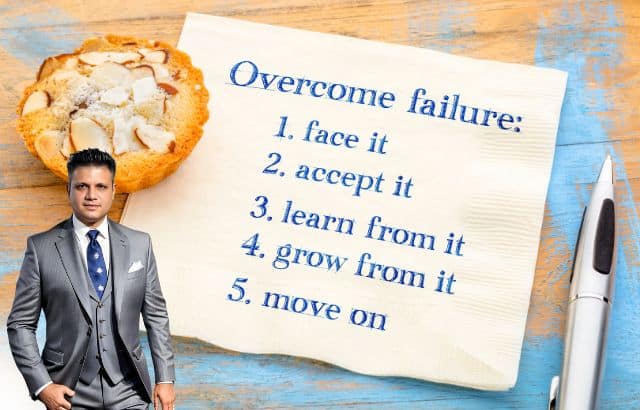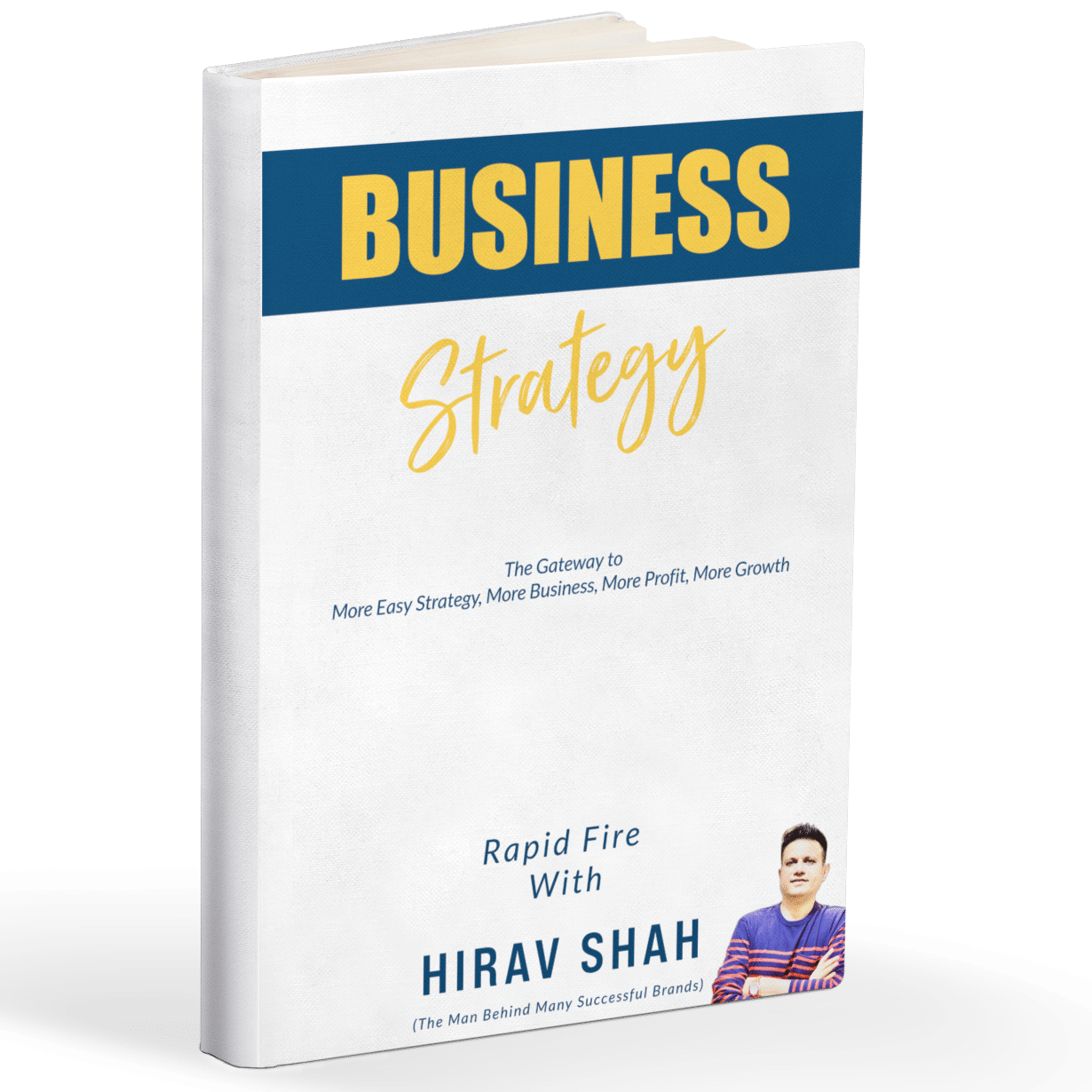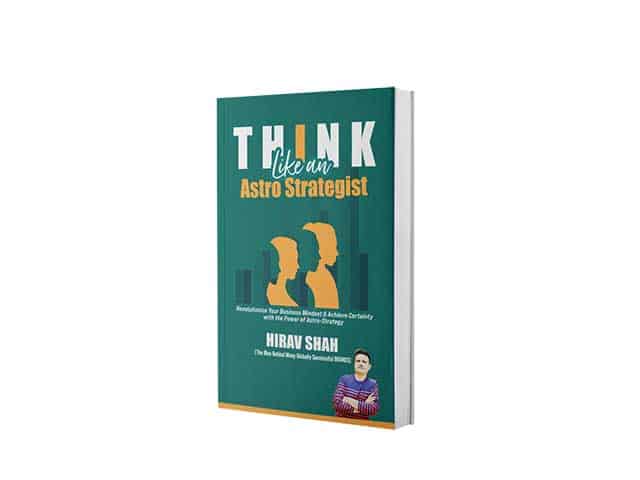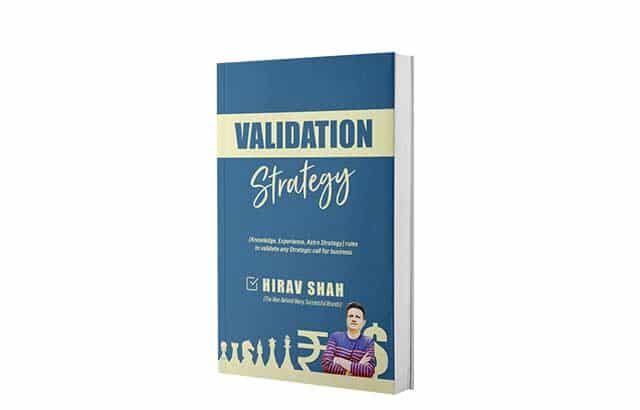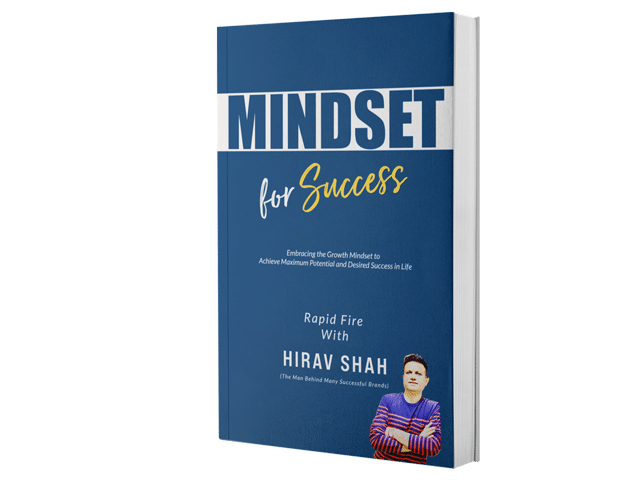What if business success wasn’t random? What if the entrepreneurs you admire—the ones who seem to grow faster, bounce back stronger, and make sharper decisions—are using an invisible formula?
In this article, Business Strategist Hirav Shah unpacks the 6+3+2 Formula that’s helped business owners across industries unlock clarity, strategy, and long-term success. But before diving into frameworks and structures, let’s begin with the most important question of all—what is success?
Table of Contents
What is Success?

Before we jump into formulas and frameworks, let’s start with a question that often gets overlooked: What does success really mean?
It’s a word we hear everywhere in business—but few take the time to define it clearly for themselves.
Success is one of those words that sounds universal—but means something different to everyone.
For some, it’s about hitting revenue goals.
For others, it’s freedom of time.
For many, it’s the ability to create impact, stability, or legacy.
“True success is when your life and business align with your purpose—and you’re not just running, but rising.” — Hirav Shah
What Does Success in Business Really Mean?
It’s easy to think success in business is all about profit. But look closer at those who are truly fulfilled and thriving—you’ll see more.
Success in business could mean:
- A startup scaling without losing culture
- A solo founder building a brand with meaning
- A retail store becoming a community symbol
- A service business gaining respect and referrals
It’s not just about what you build, but how you build it—and whether it moves you forward with purpose.
Why Is Success Important in Business?

Without success, business turns into a constant firefight—responding instead of creating.
It becomes survival, not growth.
Success gives you:
- Direction instead of distraction
- Confidence instead of chaos
- Systems instead of stress
“If your business isn’t leading you somewhere, it’s leading you in circles.” — Hirav Shah
What Is Business?
At its core, business is about solving real problems for real people—and doing it in a way that’s consistent, valuable, and sustainable.
It’s not just about selling. It’s about serving.
It’s the journey of turning an idea into income, and eventually, into impact.
And like any journey, business needs more than motivation—it needs a map.
Is There Any Formula for Business Success?
Most people think success in business comes from:
- Working harder
- Chasing trends
- Copying competitors
- Or waiting for luck to kick in
But the truth is, success has a pattern.
And patterns can be repeated—when you know what to align.
“Businesses don’t fail. Strategies do. Change the formula, and you change the future.” — Hirav Shah
What Is the 6+3+2 Formula?

The 6+3+2 Formula is a practical framework created by Hirav Shah after analyzing hundreds of successful businesses—from salons and startups to real estate giants and global brands.
It breaks success down into 3 powerful layers:
- 6 Core Business Foundations
- 3 Personal Traits Every Entrepreneur Needs
- 2 Strategic Growth Accelerators
When these 11 elements are aligned, business becomes more than effort—it becomes momentum.
Let’s Break It Down
The 6 Core Business Foundations
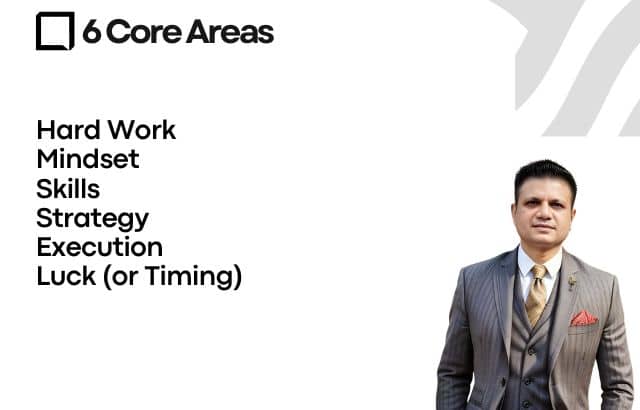
These are the pillars every business must master:
- Hard Work – Not just long hours, but meaningful action directed at results.
- Mindset – Belief systems that either empower or limit your decisions.
- Skills – Sales, marketing, finance, leadership—the muscles of execution.
- Strategy – Your roadmap: positioning, pricing, product, and process.
- Execution – Translating plans into daily action. Without this, ideas die.
- Luck (or Timing) – Energy, alignment, and momentum play a real role.
“Mastering all 6 doesn’t require perfection. It requires balance.” — Hirav Shah
The 3 Personal Traits

These are the inner engines that drive consistency:
- Hunger – The desire to grow, build, and reach new levels.
- Dedication – The ability to stay loyal to the process, even when results take time.
- Consistency – Success isn’t about intensity. It’s about showing up every day.
“Your results will always reflect your rituals.” — Hirav Shah
The 2 Strategic Growth Accelerators
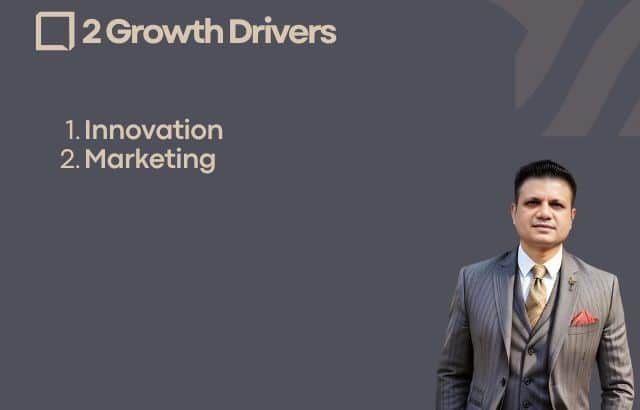
These are the multipliers—the forces that separate good from great:
- Innovation – Solving problems creatively. Doing things differently.
- Marketing – Communicating your value to the right people, clearly and powerfully.
“You can build the best product in the world, but without marketing—it stays invisible.” — Hirav Shah
How Can You Use the 6+3+2 Formula?
Start by reflecting. Wherever you feel stuck—one of these 11 areas is weak or missing.
✅ Are you working hard, but with no clear strategy?
✅ Do you have a plan, but lack consistency in action?
✅ Are you skilled but not marketing effectively?
✅ Do you lack hunger—or just need clarity in direction?
✅ Are you innovating, or just repeating old methods?
✅ Do you show up daily, but feel emotionally drained?
✅ Are you waiting for luck without preparing for opportunity?
✅ Are you chasing trends instead of refining your core?
“Every challenge holds untapped potential—unlocking it transforms failure into success.” — Hirav Shah
The 6+3+2 formula isn’t magic.
It’s a mirror and a roadmap.
When something feels off—it helps you find where and why.
Why the 6+3+2 Formula Works When Everything Else Fails
Because it’s not one-dimensional. It doesn’t focus only on motivation, or only on skills, or only on strategy.
It integrates mindset, behavior, business structure, and growth execution—making it:
- Practical
- Repeatable
- Flexible across industries
Whether you’re an entrepreneur, a coach, a creator, or a CEO—the formula adjusts to your current stage.
“If one element is off, the whole system struggles. But when all 11 align—growth becomes natural.” — Hirav Shah
🧠 Mini Quiz: Where Are You Strong… and Where Are You Stuck?
Score yourself on a scale of 1 to 10 for each of the 11 elements below. Be honest—it’s just for you.
The 6 Core Areas:
🔲 Hard Work
🔲 Mindset
🔲 Skills
🔲 Strategy
🔲 Execution
🔲 Luck / Timing
The 3 Personal Traits:
🔲 Hunger
🔲 Dedication
🔲 Consistency
The 2 Growth Drivers:
🔲 Innovation
🔲 Marketing
🔍 Now reflect:
– Which 3 areas scored the lowest?
– Which 2 areas scored the highest?
– What one shift could bring more balance to the entire formula?
You don’t need to fix everything overnight.
Start with one. Build from there.
✨ Real-World Example
Let’s say you’re a founder of a small tech startup.
You have the strategy and skills, but your marketing is weak and you’re struggling with consistency due to financial stress.
You’re doing the work, but results feel delayed.
Using the 6+3+2 lens, you immediately see:
- A marketing push could help growth
- You need a system or accountability partner to stay consistent
- Innovation is missing—you’re doing what others are doing
This shift in awareness leads to better delegation, more clarity, and renewed energy.
That’s how this framework becomes your compass.
Frequently Asked Questions (FAQs)

Q: I already have a strategy and execution plan—why am I still stuck?
A: Often, it’s not just about the strategy—it’s about the personal traits. Lack of hunger, inconsistency, or emotional burnout can silently block progress. This formula helps you check both sides: business and personal alignment.
Q: How long does it take to see results after using this formula?
A: It depends on how honest your reflection is and how committed you are to act on the weakest areas. Some see momentum within weeks; others take longer. The formula isn’t a one-time fix—it’s a growth compass.
Q: Can I use this with my team or co-founder?
A: Definitely. In fact, it’s even more powerful when used as a team exercise. Everyone can rate themselves, compare notes, and identify collective blind spots.
Q: What if I score low on Luck/Timing? How do I improve that?
A: While you can’t “control” luck, you can align with it. As Hirav Shah often says:
“Luck follows those who prepare and act in sync with the right timing.”
Using Astro Strategy can help align decisions with favorable cycles and windows.
Q: How is this different from other business frameworks I’ve tried?
A: Most frameworks focus only on business mechanics. The 6+3+2 model blends logic with emotion, strategy with traits, and performance with timing. It gives a 360° view of success—both external and internal.
Final Thought: Don’t Just Work Hard—Work Aligned
Success isn’t reserved for the few. It’s accessible to those who understand what truly drives it.
The 6+3+2 Formula is not about chasing success. It’s about aligning with it.
“You don’t need more energy—you need more alignment.” — Hirav Shah
Wherever you are in your journey, take a moment to reflect:
- Which of the 6+3+2 elements are strong?
- Which ones are missing or neglected?
Start there. And watch how fast clarity leads to momentum.
About the Writer
This article is authored by Hirav Shah, a globally respected Business Strategist, founder of the world’s first Business Decision Validation Hub and author of 18 strategy books. His 6+3+2 framework and Astro Strategy approach have helped brands, startups, and leaders find clarity, timing, and momentum across industries.


